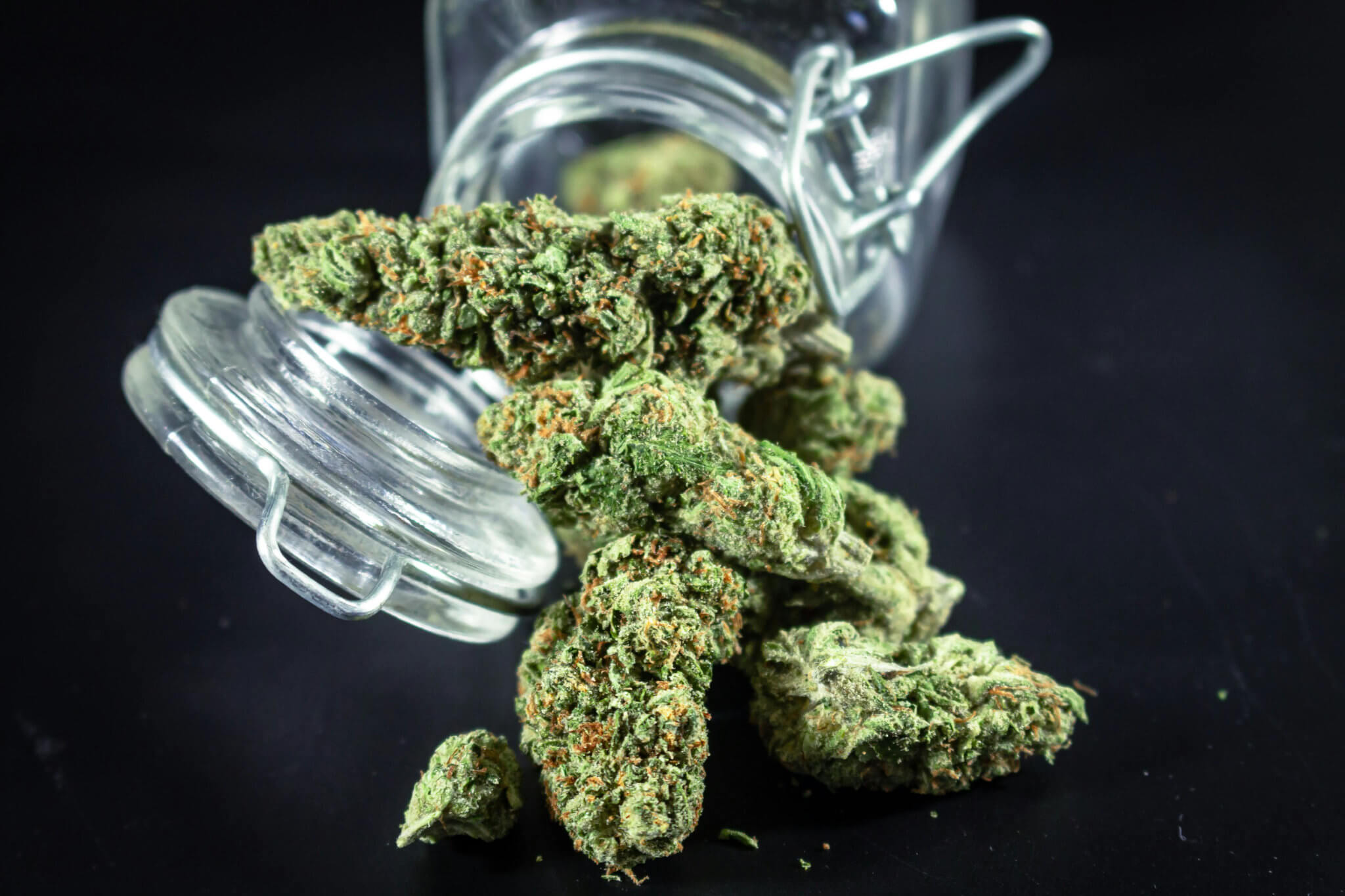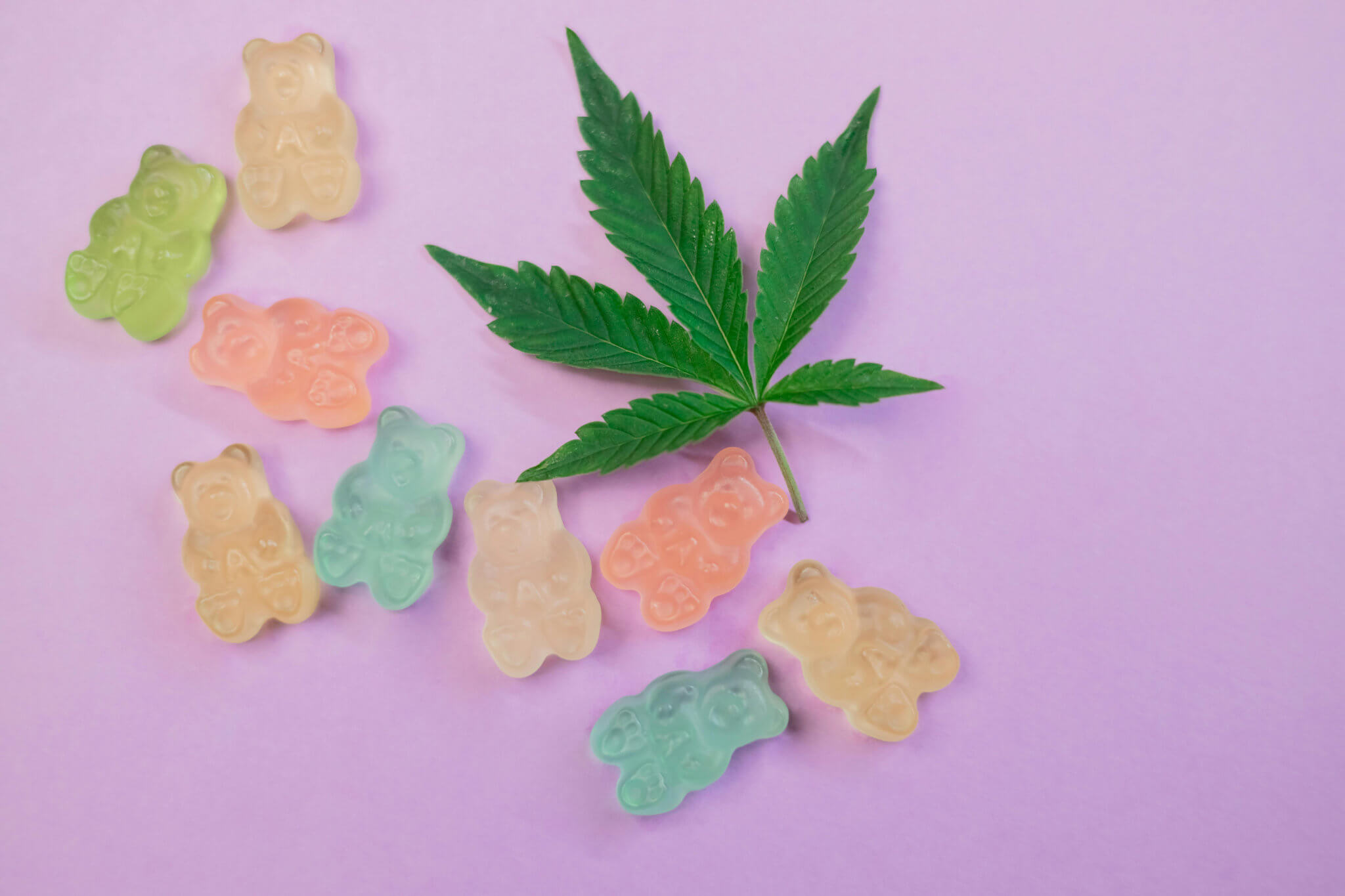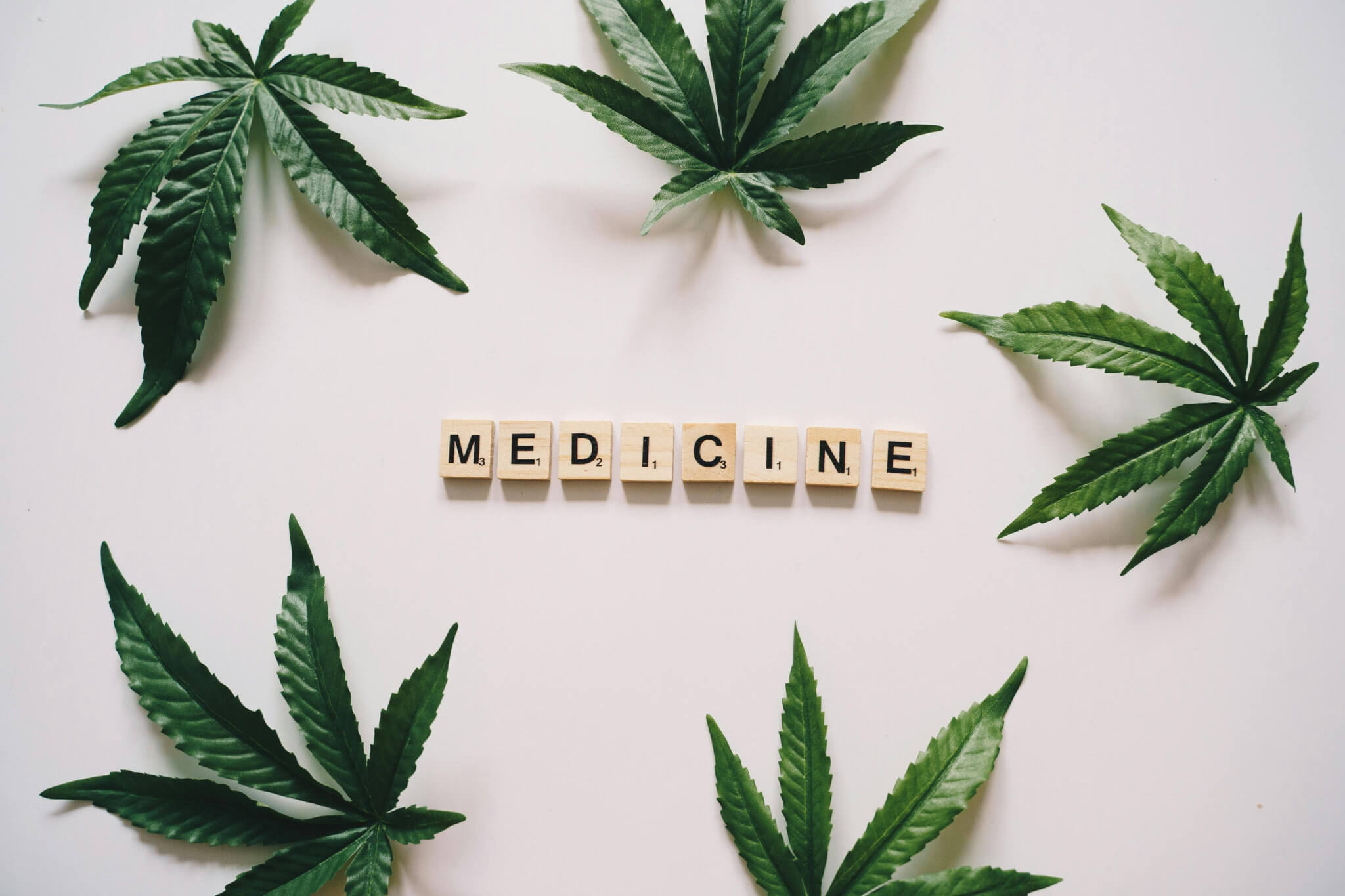In today’s ever-evolving cannabis landscape, newcomers are often
overwhelmed by the sheer variety of ways to consume this versatile
plant. From time-honored traditions like smoking to cutting-edge
options like vaping and tinctures, choosing the right cannabis
consumption methods can feel like navigating a maze. But don’t
worry—this beginner’s guide to using cannabis is here to help you
find the path that best aligns with your lifestyle, medical needs,
and comfort level.
In the sections below, we’ll break down the most common methods of
consumption, highlight the pros and cons of each, and offer
practical tips to ensure safe cannabis usage. Whether your goal is
fast-acting pain relief, a relaxed evening, or a gentle wellness
boost, understanding your options is the key to a satisfying,
responsible experience. Ready to discover which method suits you
best? Let’s get started on your journey toward becoming a
confident and informed cannabis user.
Smoking: The Classic Approach
How It Works
Smoking cannabis is the traditional method most people think of
first. The process involves burning dried flower (buds) and
inhaling the smoke. This can be done using:
- Joints: Rolling paper filled with ground cannabis.
-
Pipes or Bowls: Handheld devices where you burn and inhale.
-
Bongs: Water pipes that filter smoke through water before
inhalation.
Pros
- Fast-Acting: Effects are typically felt within minutes.
-
Ease of Control: You can inhale as much or as little as you like
and stop once you feel the desired effects.
-
Readily Available: Smoking supplies are widely sold in
dispensaries and head shops, making this method highly
accessible.
Cons
-
Lung Irritation: Combustion can be harsh on the respiratory
system.
-
Lingering Odor: Smoke leaves a noticeable smell on clothing,
hair, and in living spaces.
-
Less Discreet: Smoking isn’t always permissible in public areas,
and the aroma can be strong.
Best For
-
Individuals looking for immediate relief from acute symptoms
(e.g., sudden pain or anxiety).
-
Social settings where smoking is acceptable and discreet
consumption isn’t a priority.
Vaping: A Modern Twist
How It Works
Vaping involves heating cannabis—either as a flower or a
concentrated oil—to a temperature where cannabinoids (like THC and
CBD) are released as vapor, not smoke. Popular vaping devices
include:
-
Vape Pens: Pre-filled cartridges or refillable pods containing
cannabis oil.
-
Dry Herb Vaporizers: Devices designed to heat ground cannabis
flower without burning it.
Pros
-
Reduced Harshness: Lower temperatures mean less lung irritation
compared to smoking.
-
Discreet: Vapor often has a milder odor and dissipates quickly.
-
Potentially Healthier: Vaping reduces exposure to some toxins
produced by combustion.
Cons
- Upfront Costs: Quality vaporizers can be pricey.
-
Maintenance: Devices need regular cleaning or cartridge
replacement.
-
Variable Quality: Not all vape pens are created equal; some use
additives or inferior materials.
Best For
-
Those who want the quick onset of inhalation without the
harshness of smoke.
-
Health-conscious users looking for a potentially cleaner
alternative to combustion.
Edibles: Delicious Yet Potent
How They Work
Edibles are foods or beverages infused with cannabis extracts.
Common examples include brownies, gummies, chocolates, and even
cannabis-infused drinks. The cannabinoids must pass through your
digestive system, which converts THC into a more potent form
called 11-hydroxy-THC.
Pros
-
Long-Lasting Effects: Edibles can provide relief for several
hours, making them ideal for managing chronic symptoms.
-
Discreet and Convenient: No smoke, no smell—just a tasty treat.
-
Easy Dosing (With Labeled Products): Many commercial edibles
clearly state the THC/CBD content per serving.
Cons
-
Delayed Onset: It can take 30 minutes to 2 hours (or longer) to
feel the effects. Impatient users might overconsume and
experience an overwhelming high.
-
Possible Overconsumption: A potent edible can sneak up on you if
you’re not cautious with dosing.
-
Lower Predictability: The digestive process varies among
individuals, leading to different intensities and onset times.
Best For
- Patients requiring extended pain relief or sleep support.
-
Anyone seeking a smoke-free, discreet option and willing to wait
for the effects.
Tinctures: Precise and Fast-Absorbing
How They Work
Tinctures are liquid cannabis extracts (often in alcohol or oil
bases) administered under the tongue (sublingual) or mixed into
foods and drinks. Sublingual absorption allows cannabinoids to
enter the bloodstream more quickly than edibles swallowed
outright.
Pros
- Fast Onset (Sublingual): Typically 15–30 minutes.
-
Accurate Dosing: Droppers make it easy to measure exact
milligrams of THC, CBD, or a combination.
-
Versatile: Can be taken sublingually or added to foods, making
them a middle ground between edibles and inhalation.
Cons
-
Taste: Some users find the flavor of tinctures bitter or earthy.
-
Absorption Varies: Holding the tincture under your tongue is key
to faster onset; swallowing it directly turns it into an edible.
Best For
-
Medical patients who need precise cannabis consumption methods
and faster relief than edibles.
-
Anyone seeking a discreet, low-profile option without the need
for smoking or vaping.
Topicals: Targeted Relief Without the High
How They Work
Topicals include lotions, creams, balms, and patches infused with
cannabinoids. They are applied directly to the skin, allowing
localized absorption without entering the bloodstream in
significant amounts.
Pros
-
No Psychoactive High: Great for those who want relief from pain
or inflammation without mental effects.
-
Localized Treatment: Ideal for sore muscles, arthritis, or skin
conditions.
-
Easy to Use: Just apply to the area of discomfort—no special
equipment needed.
Cons
-
Limited Scope: Topicals primarily help the area where applied
and may not offer overall mood or anxiety relief.
-
Variable Potency: Not all topical products are created equal;
check cannabinoid concentrations to ensure effectiveness.
-
Slower Absorption: Relief may take a bit longer compared to
inhalation methods.
Best For
-
Individuals with localized pain or inflammation (e.g., sore
joints, muscle aches).
-
Users looking to avoid any psychoactive effects altogether.
Capsules and Pills: Simple and Familiar
How They Work
Capsules or pills contain pre-measured doses of cannabis oils or
extracts. After swallowing, the cannabinoids are absorbed via the
digestive system, similar to edibles.
Pros
-
Exact Dosing: Each capsule contains a set amount of THC/CBD,
minimizing guesswork.
-
Discreet and Portable: They look like any other supplement or
vitamin, making them easy to carry and consume.
-
Predictable Formulation: Consistency is high when using the same
brand and dose.
Cons
-
Delayed Onset: Expect effects in 30 minutes to 2 hours, much
like edibles.
-
Less Flexibility: You can’t easily split a capsule to reduce the
dose unless you open it and measure out the contents—a tricky
process.
-
Limited Variety: Capsules usually come in fixed ratios of THC to
CBD, so finding a precise fit for your needs might be
challenging.
Best For
- Medical patients needing consistent dosing.
-
Anyone seeking an alternative to edibles that still offers a
straightforward, ingestible method.
Pros and Cons Recap
For a quick snapshot, here’s a handy overview summarizing each
consumption method:
Pros and Cons Recap
For a quick snapshot, here’s a handy overview summarizing each
consumption method:
| Method |
Pros |
Cons |
Best For |
| Smoking |
- Fast-Acting
- Ease of Control
- Readily Available
|
- Lung Irritation
- Lingering Odor
- Less Discreet
|
- Immediate relief from acute symptoms
- Social settings where discretion isn’t key
|
| Vaping |
- Reduced Harshness
- Discreet
- Potentially Healthier
|
- Upfront Costs
- Maintenance Required
- Variable Quality
|
- Quick onset without harsh smoke
- Health-conscious users
|
| Edibles |
- Long-Lasting Effects
- Discreet and Convenient
- Easy Dosing with Labels
|
- Delayed Onset
- Possible Overconsumption
- Lower Predictability
|
- Extended pain relief or sleep support
- Smoke-free, discreet option
|
| Tinctures |
- Fast Onset (Sublingual)
- Accurate Dosing
- Versatile Usage
|
- Unpleasant Taste
- Absorption Varies
|
- Medical patients needing precise methods
- Discreet, low-profile users
|
| Topicals |
- No Psychoactive High
- Localized Treatment
- Easy to Use
|
- Limited Scope
- Variable Potency
- Slower Absorption
|
- Localized pain or inflammation relief
- Avoidance of psychoactive effects
|
| Capsules & Pills |
- Exact Dosing
- Discreet and Portable
- Predictable Formulation
|
- Delayed Onset
- Less Flexibility in Dosing
- Limited Variety
|
- Consistent dosing for medical patients
- Alternative to edibles
|
Choosing the Right Method
Selecting the ideal consumption method depends largely on your
goals, lifestyle, and personal preferences. Here are some tips to
guide you:
-
Fast Pain Relief: Smoking or vaping delivers
cannabinoids to the bloodstream almost immediately.
-
Long-Lasting Effects: Edibles, capsules, or
tinctures (especially when swallowed) can provide sustained
relief.
-
Localized Treatment: Topicals are your go-to
for targeting specific areas of the body without a head high.
-
Precision: Tinctures and capsules allow for
accurate dosing—great for those managing chronic conditions.
-
Social Settings: Smoking or vaping can be more
traditional, but remember the smoke/vapor factor in shared
spaces.
-
Health Considerations: If lung irritation is a
concern, vaping or oral methods (edibles, tinctures) might be
better.
Tips for Beginners
Trying cannabis for the first time can be both exciting and a
little nerve-wracking. Keep these pointers in mind to ensure a
smooth experience:
-
Start Low, Go Slow: Begin with the smallest
recommended dose, especially for edibles or concentrated
products. You can always increase the dose later if needed.
-
Track Your Experience: Use
CannaBook’s intuitive journal and powerful analysis tools to log what you
used, how much, and how you felt. Over time, this record helps
you fine-tune your approach and discover what works best for
your needs.
-
Mind the Onset: If you choose edibles or
capsules, wait the full recommended time before taking
more—often, overconsumption happens when people assume it “isn’t
working” yet.
-
Stay Hydrated: Whether you’re smoking, vaping,
or eating edibles, a glass of water nearby can help combat dry
mouth and keep you comfortable.
-
Know Your Strains: Not all cannabis is alike.
THC-heavy strains can be more intense, while higher CBD options
may offer gentler, more balanced effects.
Safety Considerations for Safe Cannabis Usage
Keeping yourself and those around you safe is crucial, especially
when you’re new to cannabis:
-
Proper Storage: Always store cannabis products—
especially edibles—out of reach of children and pets. Use
childproof containers and label your products clearly.
-
Avoid Overconsumption: Learn to recognize your
tolerance and watch for signs you’ve had too much, such as
anxiety, dizziness, or nausea. Take it easy and let the effects
subside.
-
Check Local Laws: Cannabis legislation varies
by region. Stay informed about what’s legal in your area,
especially if you plan to travel.
-
Don’t Drive Under the Influence: Cannabis can
impair reaction time and judgment. Make sure you have a safe
ride home or wait until the effects subside before getting
behind the wheel.
-
Consult a Professional: If using cannabis for
medical reasons, talk to a healthcare provider who is
knowledgeable about cannabinoid therapies and potential
interactions with medications.
Congratulations! You’ve just explored the major cannabis
consumption methods available to beginners, complete with pros,
cons, and essential safety tips. Whether you’re drawn to the quick
relief of smoking and vaping, the subtle steadiness of edibles and
capsules, or the targeted relief of topicals, there’s no
one-size-fits-all answer—experimentation is part of the journey.
Remember, safe cannabis usage comes down to responsible dosing,
mindful product selection, and an honest evaluation of your
personal preferences. Keep track of how different methods and
strains make you feel, and don’t be afraid to seek professional
advice if you’re using cannabis to address medical concerns.
Ready to take the next step? Your cannabis journey doesn’t stop
here! Explore our beginner-friendly resources on
CannaBook
to dive deeper into topics like choosing the right strains,
understanding dosages, and maximizing the benefits of cannabis.
Prefer to keep reading? Check out another one of our cannabis blog
posts below for more tips, insights, and expert advice. Wherever
you are in your journey, CannaBook is here to guide you every step
of the way.




